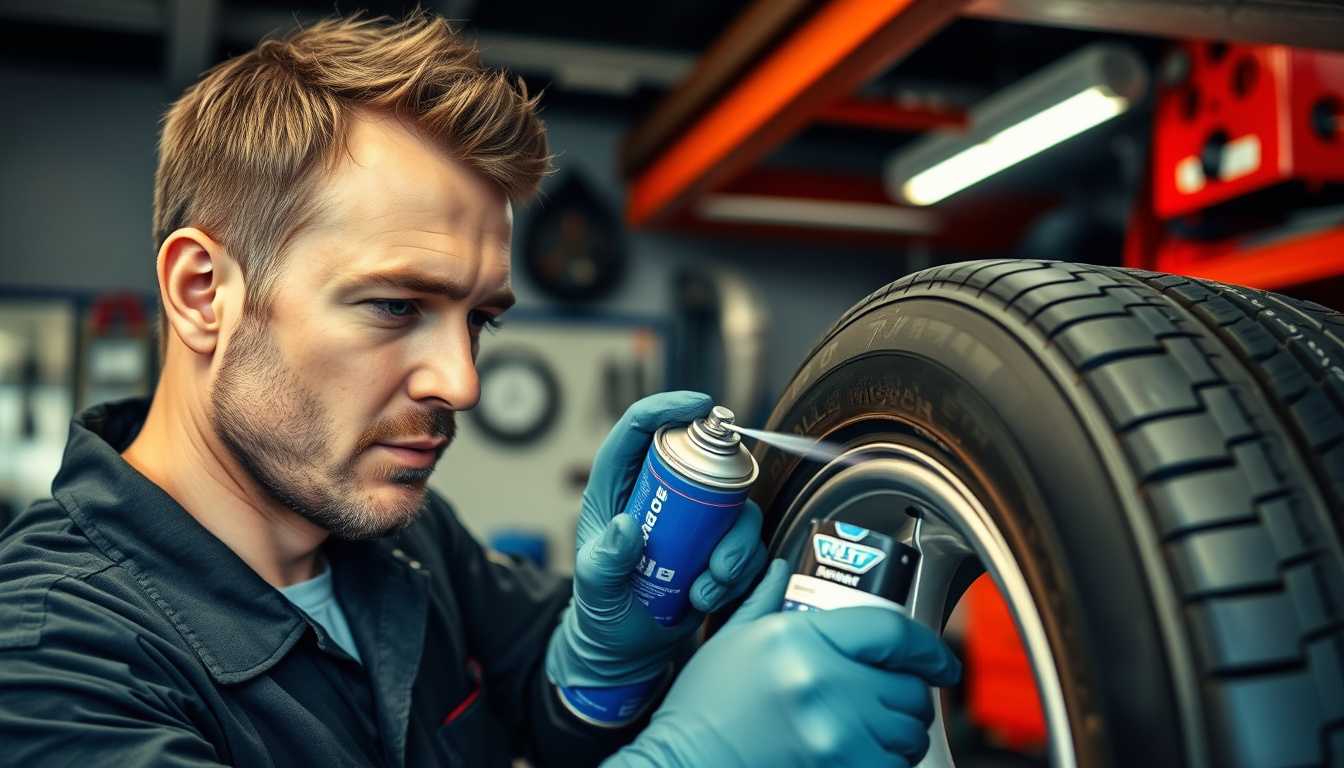Maximize Your Ride: The Ultimate Guide to Tire Sealant and Its Benefits
As a vehicle owner, ensuring that your tires are in optimal condition is crucial for safety, performance, and longevity.
While regular maintenance and inspections are fundamental, tire sealant is an innovative solution that can enhance tire health and prolong tire life.
In this ultimate guide to tire sealant, we will delve into what tire sealant is, how it works, the various types available, and the numerous benefits it offers.
Whether you’re a car enthusiast, a casual driver, or someone simply looking to save on tire repairs, understanding tire sealant is essential for maximizing your ride.

Key Takeaways
- Tire sealant is a product that can quickly repair punctures while you drive.
- Various types of tire sealants cater to different vehicle needs and tire types.
- Using tire sealant can extend tire life and prevent flat tires, saving money over time.
- Proper application of tire sealant is crucial for effectiveness and desired results.
- Myths surrounding tire sealant often mislead consumers about its use and capabilities.
What is Tire Sealant and How Does It Work?
Tire sealant is a remarkable innovation in automotive care designed to prevent and repair punctures in tires, ensuring prolonged performance and usability.
This liquid solution, made up of specialized polymers and fibers, works by sealing small holes and punctures as they occur.
When a tire sustains a minor damage, the tire sealant is propelled through the puncture hole due to the internal air pressure.
As it exits, the sealant quickly fills the void and, upon contact with the air, begins to coagulate and form a durable seal that effectively keeps air from escaping.
This proactive approach not only minimizes downtime and repair costs but also enhances safety by maintaining optimal tire inflation.
Whether you’re an avid off-roader or just looking to safeguard your everyday vehicle from unexpected tire failures, utilizing tire sealant is an effective strategy to keep you moving smoothly.
The Different Types of Tire Sealants Available
When it comes to maintaining your vehicle’s tires, one innovative solution that many drivers are turning to is tire sealant.
This product acts as a preventive measure against punctures and leaks, helping to extend the life of your tires.
There are several types of tire sealants available in the market, each designed for specific applications and benefits.
First, there are latex-based sealants, which are commonly used in tubeless tires and offer a quick fix for minor punctures by sealing them internally.
Another popular option is polymer-based sealants, known for their superior durability and resistance to extreme weather conditions, making them ideal for both passenger vehicles and heavier-duty applications.
Additionally, foam tire sealants are also gaining traction, providing an easy-to-use, spray-on solution that fills and seals punctures instantly.
Lastly, there are specialized sealants developed for particular tire types, such as motorcycles or off-road vehicles, which cater to their unique demands.
Understanding the different types of tire sealants can help you make informed choices, ensuring safety and performance on the road.
‘The road is long and winding, and a well-prepared vehicle is as important as a skilled driver.’
Benefits of Using Tire Sealant for Your Vehicle
When it comes to maintaining your vehicle, using a tire sealant can provide multiple benefits that enhance your driving experience and safety.
One of the primary advantages of tire sealant is its ability to quickly and effectively repair punctures.
With just a simple application, tire sealant can seal minor leaks caused by nails or sharp objects, minimizing downtime and eliminating the need for immediate tire changes.
Additionally, tire sealants often extend the life of your tires by improving air retention, which can lead to better fuel efficiency and reduced wear.
For off-road enthusiasts or those commuting on rough terrains, having tire sealant can be a game-changer, as it helps maintain optimal tire pressure in challenging conditions.
Moreover, tire sealant is easy to use; it comes in compact containers that can be stored in your trunk, allowing for on-the-spot repairs.
Overall, incorporating tire sealant into your vehicle’s maintenance routine not only enhances safety by reducing the risk of blowouts but also saves money on tire replacements and repairs.
 November 2025
November 2025